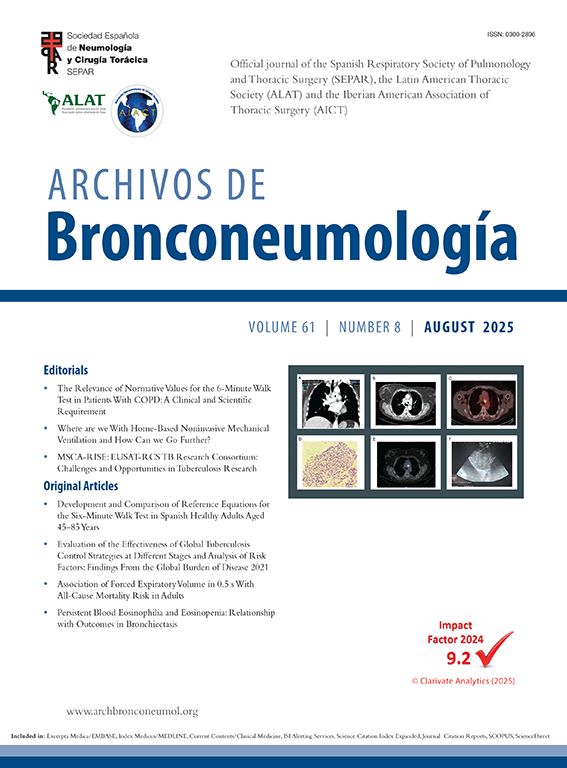La enfermedad pulmonar obstructiva crónica (EPOC) y las bronquiectasias son 2 de las enfermedades más frecuentes e infradiagnosticadas de la vía aérea. La relación existente entre ambas puede establecerse desde diferentes puntos de vista. Por una parte, su elevada prevalencia hace que no sea infrecuente observarlas de forma sincrónica en un mismo paciente. Por otra parte, estudios recientes han observado una asociación entre ambas, dado que más del 50% de los pacientes con EPOC moderada-grave presentan bronquiectasias no explicables por otras causas con la suficiente entidad como para provocar un exceso de inflamación bronquial y un aumento en el número de agudizaciones en estos pacientes, posiblemente mediado por un incremento en la colonización-infección bronquial por microorganismos potencialmente patógenos. Por último, y aunque hasta el momento no se ha demostrado, algunas hipótesis fisiopatológicas indican una relación de causalidad entre ambas enfermedades en la que la EPOC, especialmente las formas graves, sería un factor de riesgo para la formación de bronquiectasias.
Chronic obstructive pulmonary disease (COPD) and bronchiectasias are two of the most frequent and underdiagnosed diseases of the airways. The association between these two entities can be established from different points of view. On the one hand, because of their high prevalence, the co-occurrence of COPD and bronchiectasias in the same patient is not unusual. On the other hand, recent studies have observed an association between COPD and bronchiectasias, given that more than 50% of patients with moderate-severe COPD show bronchiectasias unexplained by other causes that could provoke an excess of bronchial inflammation, as well as a higher number of exacerbations, possibly mediated by an increase in bronchial colonization-infection by potentially pathogenic microorganisms. Lastly, some physiopathologic hypotheses that remain to be demonstrated suggest a causal relation between the two diseases in which COPD, especially severe forms, would constitute a risk factor for the formation of bronchiectasias.









